Bella Sombra: [Cultivation, Irrigation, Care, Pests and Diseases]
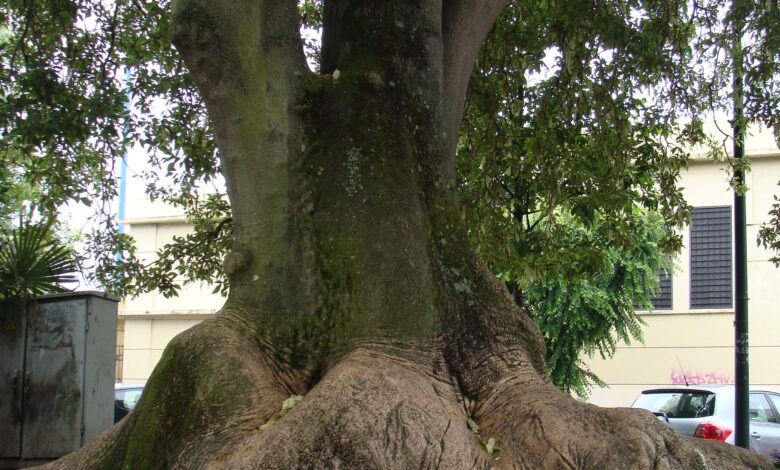
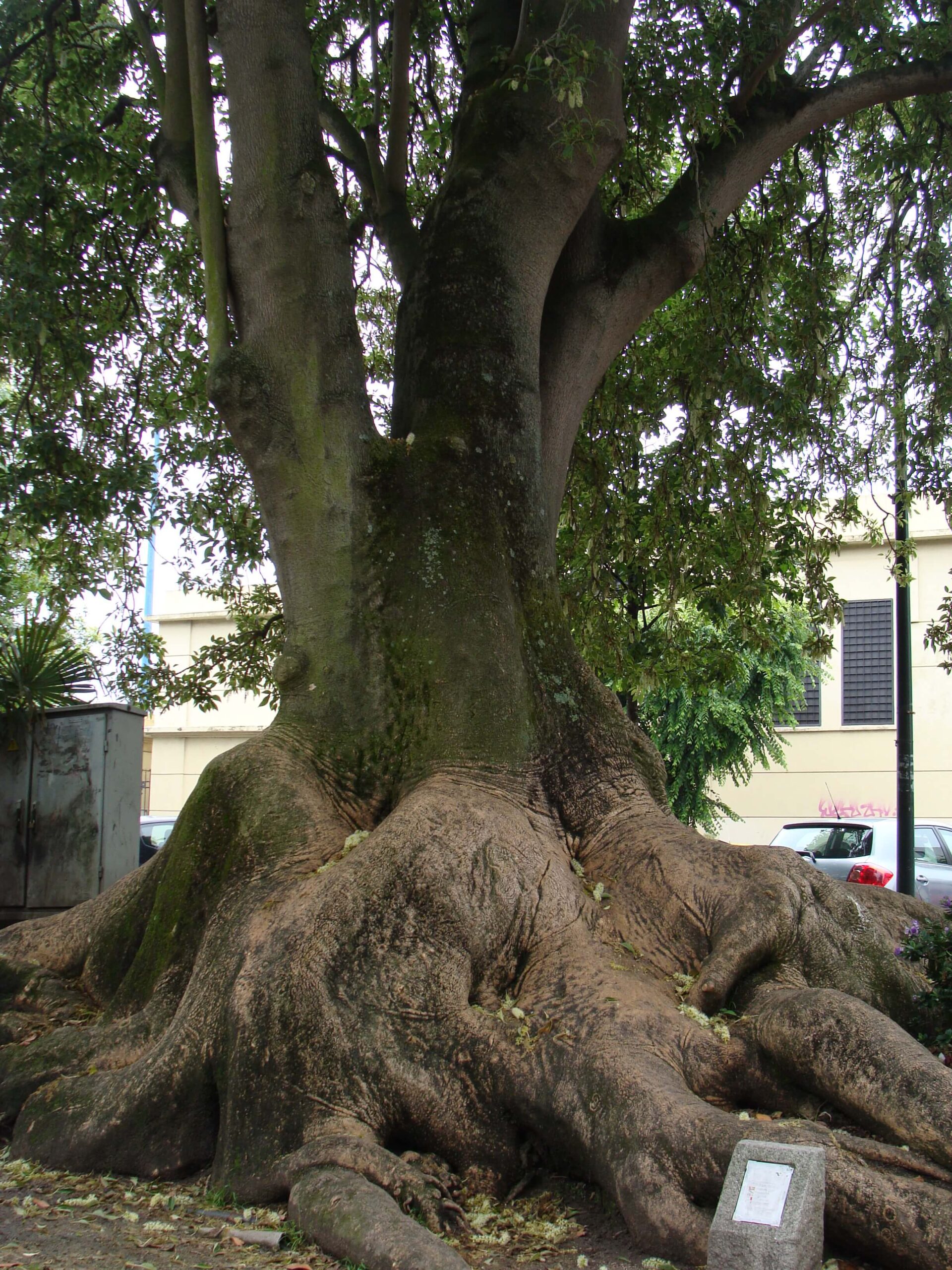 Beautiful shade , it is a tree native to the hot and humid region of Argentina. However, it has been introduced to various countries such as Spain, France, Algeria, the United States, among others.
Beautiful shade , it is a tree native to the hot and humid region of Argentina. However, it has been introduced to various countries such as Spain, France, Algeria, the United States, among others.
The Phytolacca dioica is characterized by a thick base, like a pedestal, which grows even more in adult specimens. In Europe, this tree is known as beautiful shade due to the thick shade it casts and which offers shelter from the weather.
This tree is frequently used as an ornamental species . However, it is also used to relieve headaches, promote healing, clean and heal wounds, as well as an antirheumatic, mainly.
The name ombú derives from the Guaraní imboú, which means tree that attracts rain. This name refers to an ancient legend in which a woman, named Ïmboú, watered the last corn plant with her tears to feed her family.
- Scientific name: Phytolacca dioica.
- Common name: Fitolaca, ombú, bellasombra, tree of the beautiful shade.
- Height: 8 to 12 meters.
- Light requirement: direct light and semi-shade.
- Temperature: Hot climates (12ºC to 32ºC).
- Irrigation: Moderate.
- Fertilizer: Organic fertilizer.
What characteristics does the beautiful shade tree have?
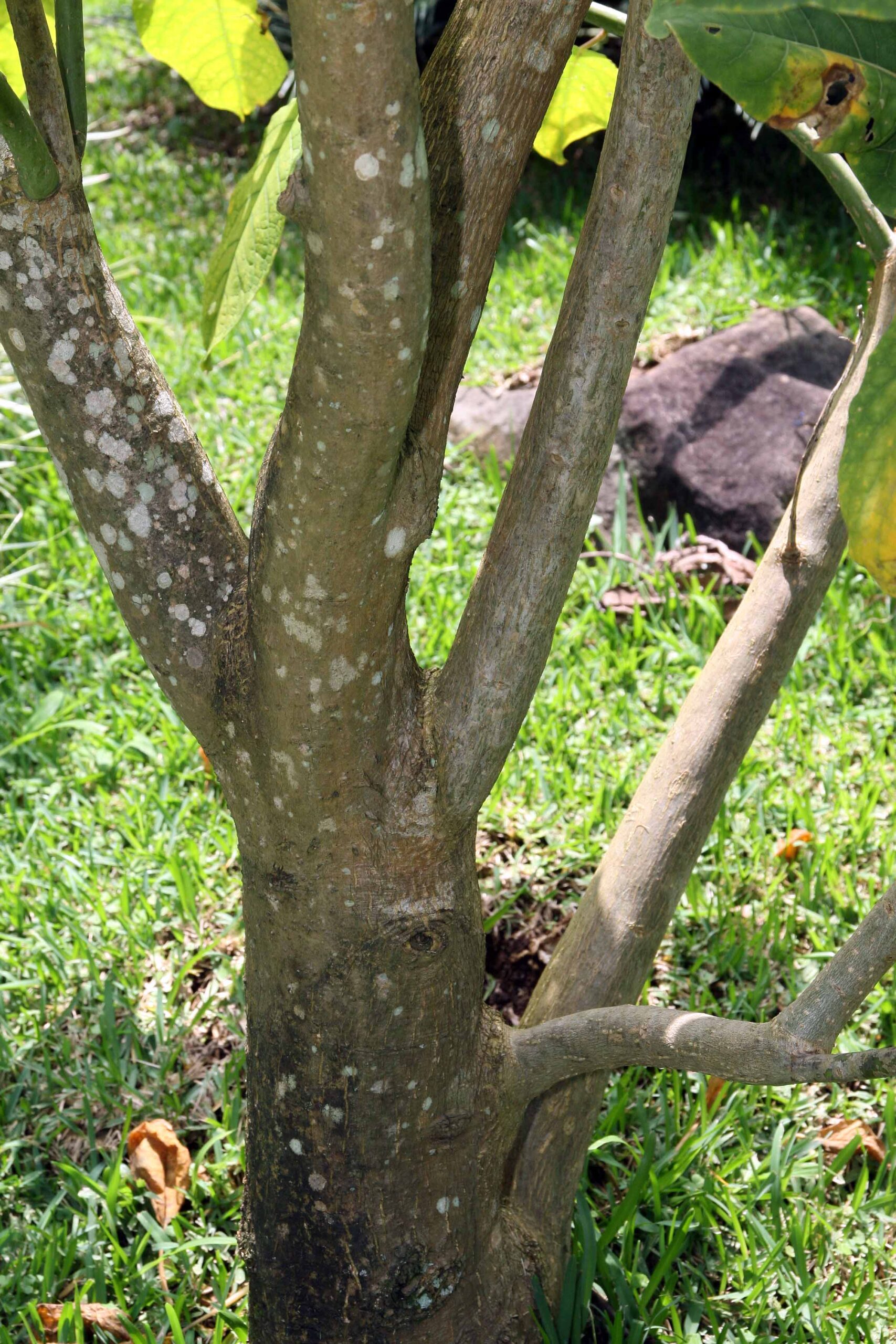 The trunk of the so-called ombú is short, unitary or multiple, of soft and porous wood , as it does not develop rings of bark. It has a greyish green color. This widens at the base forming a wide pedestal together with the roots.
The trunk of the so-called ombú is short, unitary or multiple, of soft and porous wood , as it does not develop rings of bark. It has a greyish green color. This widens at the base forming a wide pedestal together with the roots.
Its leaves are alternate, simple, smooth, oval in shape. They are dark green in color and can measure up to 15 centimeters long. They fall during winter but sprout again during early spring.
The beautiful shade has small dioecious flowers , yellowish white, without petals. These are grouped in inflorescences that can be 5 to 8 centimeters long and bloom during the summer .
The fruits are berries that are yellowish-green at the beginning, but during the fall they ripen and turn to a blackish color. Inside they contain black ovoid seeds , which can measure 3 millimeters in length.
When to sow beautiful shade?
Where to plant beautiful shade?
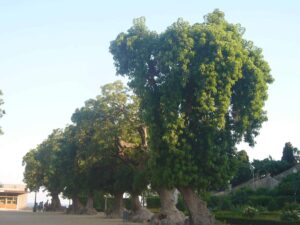 The tree with beautiful shade prefers mild and warm climates, with temperatures that are within the range of 18ºC to 32ºC, and not lower than -5ºC.
The tree with beautiful shade prefers mild and warm climates, with temperatures that are within the range of 18ºC to 32ºC, and not lower than -5ºC.
It is generally grown in places where it is fully exposed to direct sunlight, although it can also be established in semi-shade.
The roots of the beautiful shade are powerful, for this reason it must be located in wide places where they can expand freely and without causing damage to any nearby structure.
How to prepare the land?

The bella shade can be planted in light, medium and heavy soils. However, it develops better in fertile soils, with good moisture retention. In case of sowing it in a pot, it is recommended to make a mixture of universal substrate at 70%, with perlite, at 30%.
On the other hand, if you want to sow it in the soil, it can be enriched by adding organic matter, which will also favor the drainage capacity of the substrate.
How do we water the beautiful shade tree?
Due to the above, irrigation must be applied manually until the soil is dry in the surface layer; in this way waterlogging and root rot will be avoided.
How often do we water the beautiful shade?
How to plant a beautiful shade tree step by step?
The beautiful shade tree is propagated by means of seeds and vegetative cuttings. Instructions for sowing as appropriate are shared below.
By seed
- Place the seeds 3 millimeters deep in a container or seedbed with organic substrate.
- Place the seedbed indoors, away from direct sunlight, at a temperature of 20ºC and maintain constant humidity by spraying water with a spray bottle.
- After 4 to 8 weeks, move the seedbed to a more illuminated location. If possible, in direct sunlight and protected by a mesh.
- Transplant into individual pots as soon as a couple of true leaves have sprouted and let them grow until their first winter has passed.
- Transplant back to its final place after the last frost. This is usually in late spring.
By division
- From a mature tree, cut a 6-inch long section with a sharp, clean, and sterilized instrument.
- Apply rooting hormones to the edge of the base to promote root growth.
- Plant the cutting in a pot with organic substrate and sand at a 1: 1 ratio. Place the pot in a bright place and water frequently to keep the substrate moist.
- Transplant as soon as the shoots appear, progressively change to more illuminated places.
- Plant in its final place during the spring.
What care does the beautiful shade tree need?
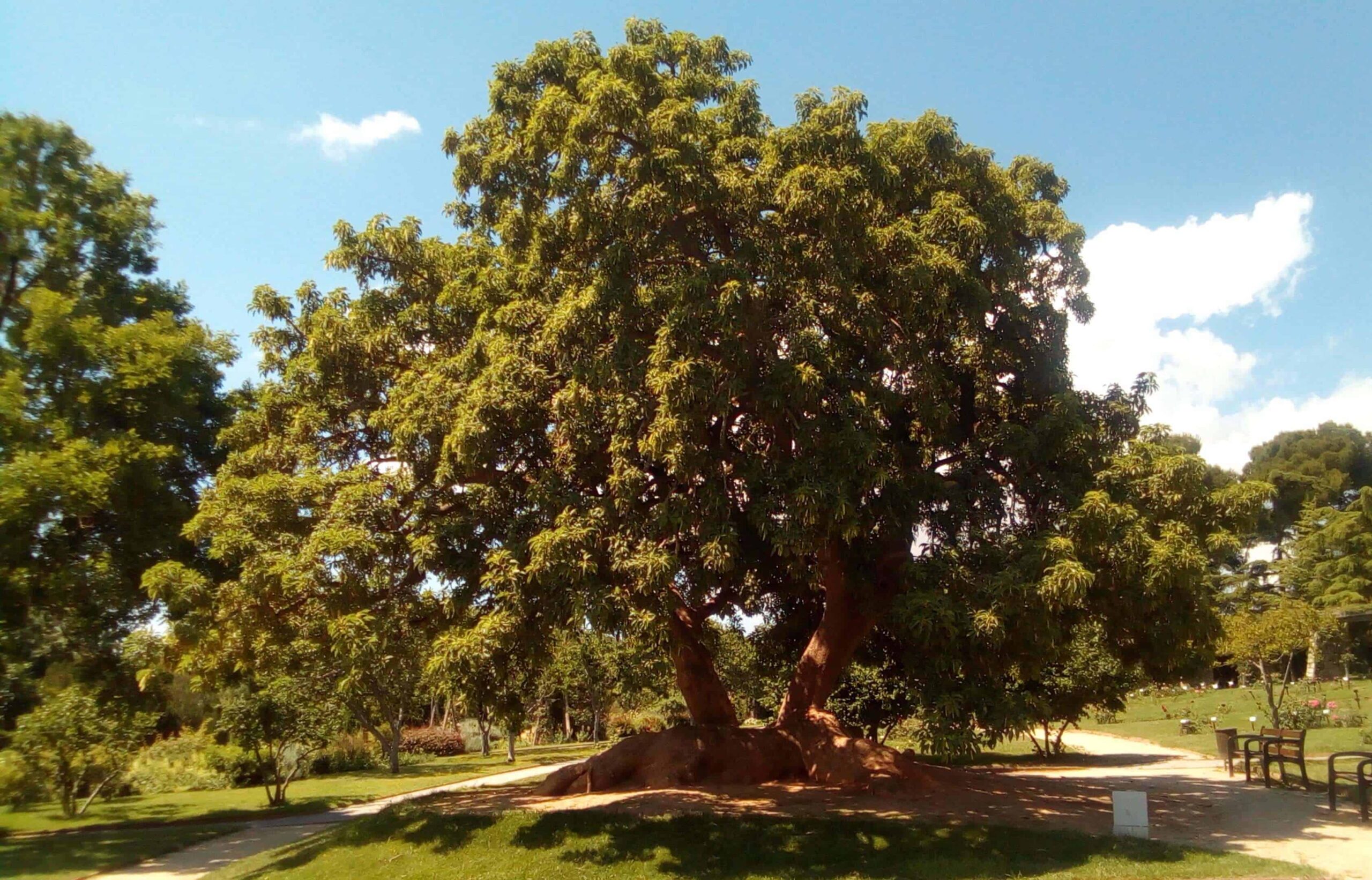 It is undemanding. It must be careful of low temperatures during its early stages of growth as it could be damaged.
It is undemanding. It must be careful of low temperatures during its early stages of growth as it could be damaged.
Similarly, it can be fertilized with a little organic fertilizer, or with organic matter such as manure , during spring and summer.
What pests and diseases affect the beautiful shade?
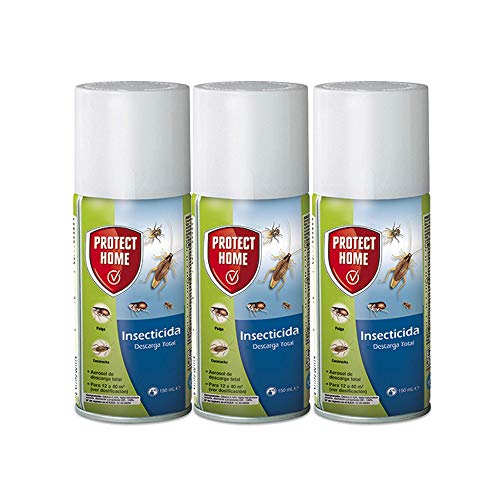
The beautiful shade tree is immune to insects and other pests because its sap is slightly toxic . However, the presence of mealybugs, spider mite and leafminer worms has been reported .

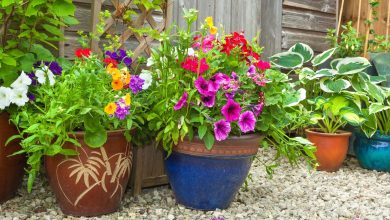
![Photo of Misting Irrigation: [Concept, Advantages and Requirements]](https://www.complete-gardening.com/wp-content/uploads/2022/08/misting-irrigation-concept-advantages-and-requirements-390x220.jpg)
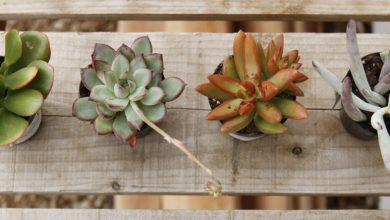
![Photo of Beaucarnea: [Cultivation, Irrigation, Care, Pests and Diseases]](https://www.complete-gardening.com/wp-content/uploads/2022/08/beaucarnea-cultivation-irrigation-care-pests-and-diseases-390x220.jpg)